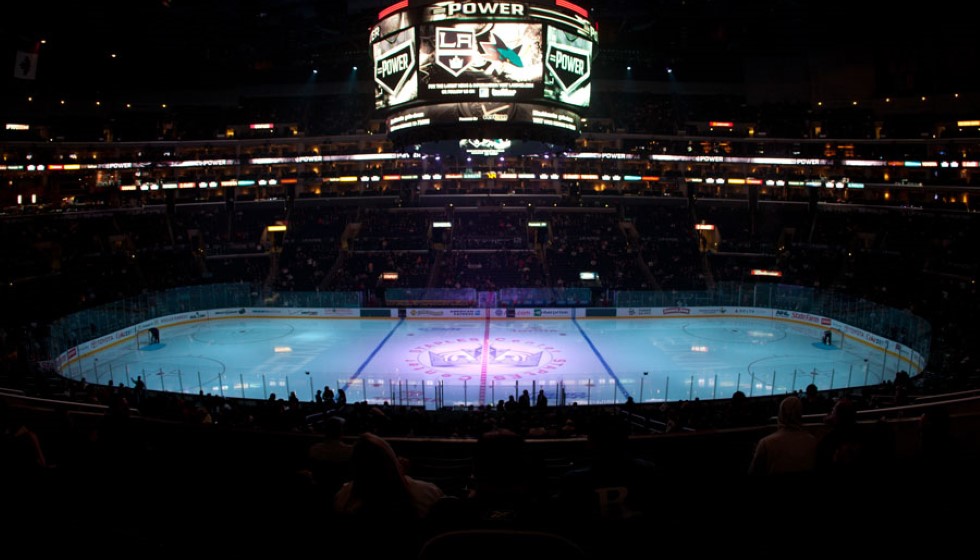
In a captivating showdown between the Toronto Maple Leafs and the New York Rangers, all eyes were on Ryan Reaves and rookie Matt Rempe, whose towering presence on the ice brought an old-school feel back into the modern game. Standing at an impressive 6 feet 7 inches and weighing 240 pounds, Rempe's physical stature is complemented by his stats: one goal, one assist, and a notable 37 minutes in the penalty box over just seven games. This figure interestingly surpasses his total on-ice playtime by five minutes, emphasizing his role as what many would call an "enforcer" in hockey terminology.
The Role of the Enforcer
The term "enforcer" brings to mind a player tasked with protecting star teammates and maintaining a sense of order through physical intimidation and, when deemed necessary, fighting. While Rempe has engaged in NHL fights, this aspect of hockey has become a hotly debated topic, especially following the tragic deaths of enforcers Derek Boogaard, Wade Belak, and Rick Rypien in 2011. These incidents shed light on the possible connection between repeated on-ice fights and Chronic Traumatic Encephalopathy (CTE), although NHL Commissioner Gary Bettman has publicly disagreed with findings that link fighting in hockey to CTE.
Despite controversies, fighting has seen a decline in the NHL. This shift aligns with a broader movement towards analytics, which tends to favor players with speed, skill, and strategic acumen over those known primarily for their fighting ability. Enforcers traditionally score less and often do not excel in skating or initiating successful plays, making them anomalies in the analytically driven direction the game has taken. Nonetheless, the reduction in fighting contributes to a faster, more engaging form of hockey that aims to be more inclusive to fans and players alike.
Changing Perspectives on Fighting
Fighting in hockey, often seen as part of the game's "code," continues to be a topic of discussion among fans and analysts. The TNT NHL panel, featuring personalities like Paul Bissonnette, frequently delves into the significance of plays and fights, balancing entertainment with analysis. Bissonnette, for instance, praised Rempe's approach to the game, viewing his willingness to engage physically—and to stand accountable for his actions—as aligned with traditional hockey values.
Yet, the discussion around fights like those involving Rempe touches on broader debates beyond the rink. The NHL faced a cultural standoff during the All-Star break in Florida, sparked by criticism from Governor Ron DeSantis over the league's LinkedIn post promoting a career fair. The dispute, centered around issues of inclusion and discrimination, underscored the NHL's evolving societal role and the complexities of maintaining tradition while embracing modern values.
The Enforcer's Dilemma
The notion that enforcers make the game safer persists among some hockey aficionados, suggesting that their presence can deter potential misconduct by opposing players. However, this view is increasingly challenged by those advocating for a game that prioritizes skill and speed over physical confrontation. The role of enforcers like Rempe, then, becomes a focal point of contention, symbolizing the tension between maintaining hockey's gritty heritage and adopting a contemporary approach that highlights athleticism and strategy.
In dealing with players such as Rempe, the NHL finds itself at a crossroads. The league must navigate the fine line between honoring the legacy of the enforcer and addressing the legitimate health concerns associated with fighting, all while engaging with broader social debates. Whether enforcers like Rempe can adapt to the evolving game—thereby potentially defusing larger disputes or exacerbating them—remains to be seen. As the game continues to evolve, so too will the definition and role of the enforcer in hockey's future.
In sum, the NHL is confronting multiple challenges as it moves forward: balancing tradition with innovation, addressing health and safety concerns, and responding to a changing social landscape. Players like Matt Rempe embody these challenges, serving as a reminder of hockey's complex relationship with its own history and its attempts to forge a path into a more inclusive and dynamic future.